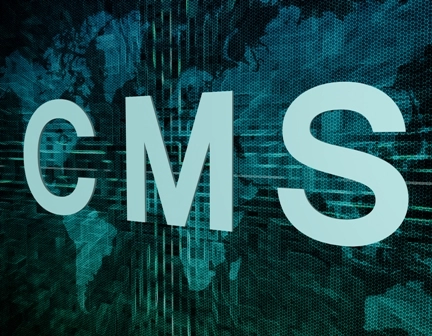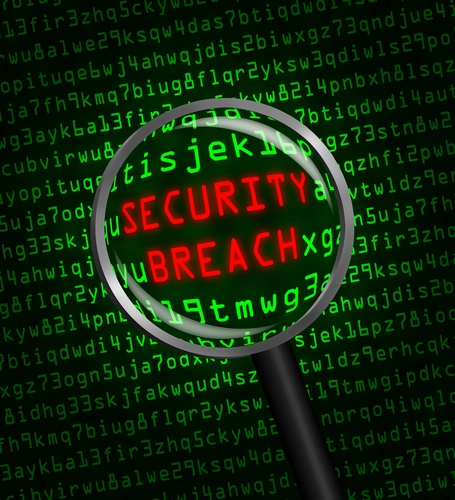CMS Continues to Focus on E/M Problem Areas

Incomplete documentation remains a top issue. Part B providers depend heavily on their evaluation and management (E/M) services to boost their income, seeing a majority of beneficiaries through these visits. Therefore, it's not surprising that Medicare reviewers routinely find significant but fixable errors in a large amount of E/M claims. According to the April 2018 Medicare Quarterly Provider Compliance Newsletter, CMS's CERT contractors are reporting that they have seen an increase in E/M claims issues due to improper coding, insufficient notes, and setting confusion. In fact, "the 2017 improper payment rate for E/M services was 12.1 percent, accounting for 10.6 percent of the overall Medicare FFS [Fee-for-Service] improper payment rate," reminds the agency in the report. See the April 2018 issue of the Medicare Quarterly Provider Compliance Newsletter at www.cms.gov/Outreach-and-Education/Medicare-Learning-Network-MLN/MLNProducts/Downloads/MedQtrlyComp-Newsletter-ICN902283.pdf. Read on to see three E/M service examples that look at CMS's quarterly focus. Use the Right E/M Code for the Service Many claims are returned because of confusion over the proper code to use. "Incorrect coding errors occur when the medical records submitted support a different E/M code than the one billed," notes the newsletter. Comprehensive training and compliance practices can eradicate this common E/M snafu. Example 1: A new patient comes to the office for a visit. You report 99211 for the care, but the claim is denied. Why? Answer: The problem here is that you cannot bill 99211 (Office or other outpatient visit for the evaluation and management of an established patient, that may not require the presence of a physician or other qualified health care professional ...) in this situation. "99211 is only for established patients because it is technically performed incident-to, meaning the ancillary staff nurse will be using the supervising provider's billing information to get the practice paid for the work," explains Shannon O. DeConda, CPC, CPC-I, CEMC, CEMA, CPMA, partner at DoctorsManagement, and president of NAMAS in Melbourne, Florida. "In order to meet the guidelines associated with incident-to, the patient must have a plan of care that has already been created by a supervising provider. The nurse would be providing following services directly indicated and/or appropriate to the plan of care." Instead: You'll code for new patients with CPT® codes 99201 (Office or other outpatient visit for the evaluation and management of a new patient, which requires these 3 key components: a problem focused history; a problemfocused examination; straightforward medical decision making ...) through 99205 (... a comprehensive history; a comprehensive examination; medical decisionmaking of high complexity ...), depending on encounter specifics. "A new patient is one who HAS NOT received any professional services from the physician/qualified health care professional or another physician/qualified health care professional of the exact same specialty and subspecialty who belongs to the same group practice within the past three years," advises MAC CGS Medicare in online guidance on the subject. However, the contrary holds true for "established patients," who have been cared for by a physician or members in his group practice over the last three years, suggests CGS Medicare. Ensure Documentation Supports a Higher-Level Code and Medical Necessity Insufficient documentation is a major thorn in Medicare's side. Many claims examined by the CERT Review Contractors lacked the medical records that supported payment for the billed services, according to the newsletter. In fact, the reviewers "could not conclude that the billed services were actually provided, were provided at the level billed, and/or were medically necessary," says CMS in its guidance. Caveat: Physicians sometimes produce a high level of documentation due to the circumstances surrounding a patient's care. This often leads to the selection of a level-five E/M code. Sometimes the higher-paying code lines up with the service, but oftentimes it doesn't. This is why upcoding remains a perennial target for Medicare auditors. Example 2: A neurosurgeon bills almost all level four and five exams, which he can justify for established patients because he documents detailed or comprehensive histories and exams. But, sometimes there's no justification for performing six bullets within the genitourinary section when the patient just presents for carpal tunnel syndrome. He says his EHR prompts him to enter all of this information and gives him the code to report at the end of the encounter. Is this okay? Answer: No, the neurosurgeon is probably upcoding some of these claims if a medically necessary reason to perform these exam and review of system (ROS) elements in the documentation is not evident. "Medicare has said that medical necessity should always be the overarching factor that your doctors use to select the E/M service level," says biller Anna Charlon, who handles the billing and practice management departments for three medical practices in Atlanta, Georgia. "Just because the doctor completes a higher-level history and examination doesn't mean he always should report a higher-level code." Physicians sometimes produce a high level of documentation, leading the EHR to automatically suggest a level-five E/M code. But E/M code level selection doesn't work this way. In fact, a short concise note meeting all the elements and medical necessity can qualify for a higher level than an incredibly voluminous note. Medical necessity is "the overarching criteria for payment in addition to the individual requirements of CPT®," explains Novitas Solutions' Serena Hempkins in the Part B MAC's teleconference, "New Patient Guidelines and Coding." She warns, "The volume of documentation should not be the primary influence on the level of service billed." Coding tip: Next time you're handed a thick chart with a high service level circled - but you don't see documentation to support that code - sit down with providers and go over the elements in the record that lead to the E/M level supported. The nature of the presenting problem and complexity of medical decision-making are key aspects of a note an auditor will review. Once clinicians see the specific requirements for reporting the high-level E/M codes, they may be able to accurately select the right code the next time. Hospital Admissions Trump Office E/M The last E/M focus in the Medicare Quarterly Provider Compliance Newsletter pertains to issues with location. "Another cause for insufficient documentation errors is due to physicians providing services in a setting other than their own office but failing to submit the medical records for the correct setting," indicates CMS in the report. Example 3: A physician saw a patient in the office, then admitted her to the hospital. Can you bill for the office visit and the first day of admission, or just bill for the hospital stay? The physician also visited the patient next day in the hospital. How do you bill the visit? Answer: For this scenario, the physician admitted the patient in the hospital on the same day she saw him in the office and saw the patient in the hospital to complete the admission process. You cannot report two face-to-face visits on the same date. You should only report the admission and not the office visit beforehand. Do this: You will report the appropriate initial hospital care code (99221-99223, Initial hospital care, per day, for the evaluation and management of a patient ...). The admitting physician will be considered the "the attending physician of record" and has to use the initial services code with modifier AI (Principal physician of record). Absence of the AI modifier alerts the payer to the consultative nature of the service and may land you in trouble as there was no consultation involved. According to CPT® coding guidelines, all initial hospital care services that begin in another place of location (such as the physician's office) should be combined and coded using the appropriate level of initial hospital care. Since the 99221-99223 code will include the E/M provided in the office, you'll report an initial hospital care code that includes the work done in both sites of service. If the physician again visits the patient in the hospital the next day, you can choose the appropriate subsequent hospital care codes, 99231-99233 (Subsequent hospital care, per day, for the evaluation and management of a patient ...), until the date of discharge. Resource: Take a look at the MLN booklet "Evaluation and Management Services" for more CMS guidance on E/M at https://www.cms.gov/Outreach-and-Education/Medicare-Learning-Network-MLN/MLNProducts/Downloads/eval-mgmt-serv-guide-ICN006764.pdf.



